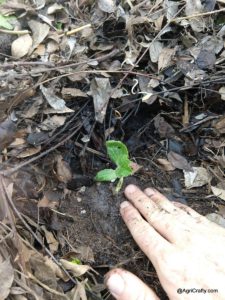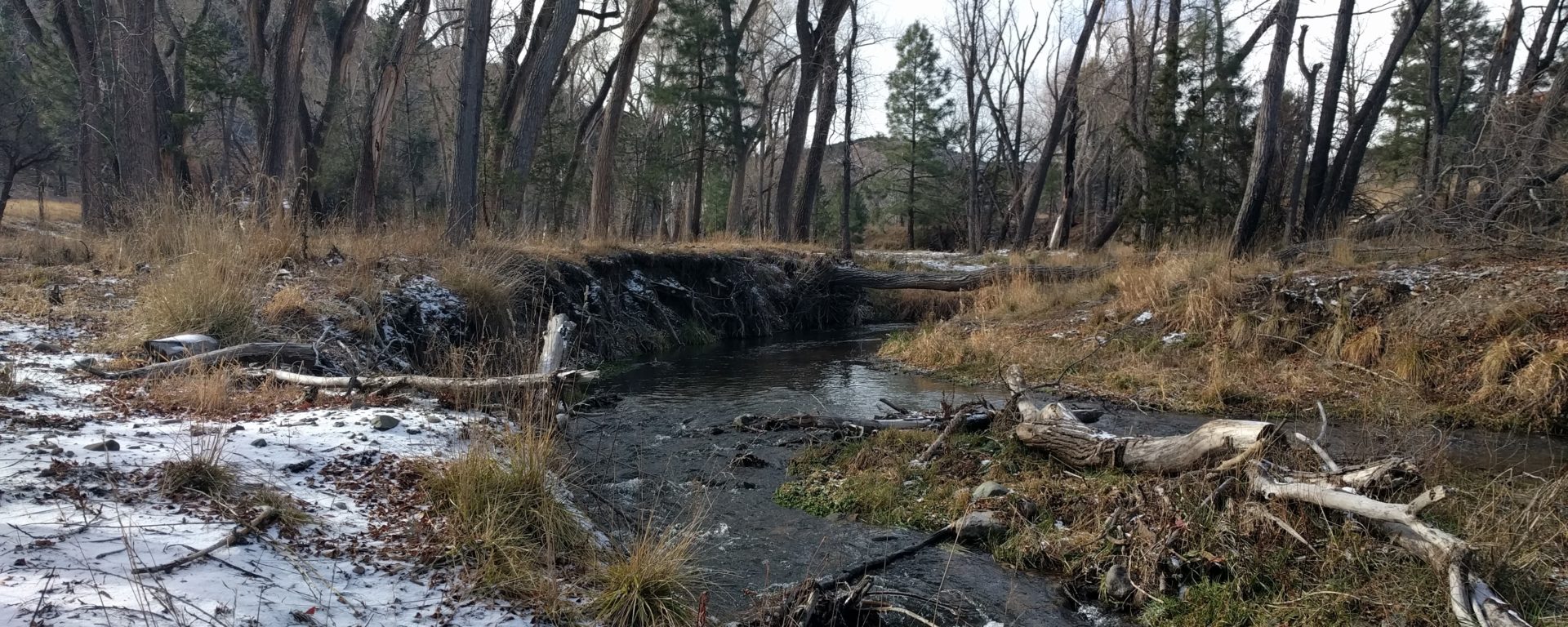So you got those seeds sown or transplants in the ground and watered in, now let’s talk about keeping them alive! The first order of business is seeing to it that they have the water they need to not just survive, but to thrive.
I. Germination and Establishing Young Plants
 When first establishing a plant in a location, whether it’s growing from a seed, in a tray or outdoors, or you have just transplanted it into a new spot in the garden, it will require a little more water and attention as it establishes itself and its roots mature (in the case of the newly germinated seedlings) or as the roots and the rest of the plant recover from the shock of being relocated (this is generally called disturbance, specifically of the root zone in the case of transplanting). For a harrowing account of how to most definitely over-disturb young plants with likely tragic results, you can read my other post on trying to save rogue seedlings growing in unfortunate locations.
When first establishing a plant in a location, whether it’s growing from a seed, in a tray or outdoors, or you have just transplanted it into a new spot in the garden, it will require a little more water and attention as it establishes itself and its roots mature (in the case of the newly germinated seedlings) or as the roots and the rest of the plant recover from the shock of being relocated (this is generally called disturbance, specifically of the root zone in the case of transplanting). For a harrowing account of how to most definitely over-disturb young plants with likely tragic results, you can read my other post on trying to save rogue seedlings growing in unfortunate locations.
In practice, this means that you will have to make water more available to the vulnerable plants more often. The wetter the soil is, the more easily the plant can take it up from the soil. Newly germinated plants are more susceptible to drought because they don’t have large, matured root systems, so they can’t reach the water that is often available deeper into the soil (also called soil horizon).
 Larger plants that may have been grown in trays or pots to be transplanted into the garden will have a harder time taking up water and nutrients because they have had some roots broken in transplantation and suffered a loss of millions of the tiniest structures of the root, the root hairs. Root hairs are incredibly delicate and can be as small as a few cells thick. Root hairs are the very high surface area parts of the root that absorb water and are where the plant interacts with all kinds of microorganisms in the soil.
Larger plants that may have been grown in trays or pots to be transplanted into the garden will have a harder time taking up water and nutrients because they have had some roots broken in transplantation and suffered a loss of millions of the tiniest structures of the root, the root hairs. Root hairs are incredibly delicate and can be as small as a few cells thick. Root hairs are the very high surface area parts of the root that absorb water and are where the plant interacts with all kinds of microorganisms in the soil.
Knowing this, you see how the size and health of a plant’s root system contribute directly to how well it grows and what it can produce. It also explains how some seeds require almost constant moisture for a prolonged period of time before germinating, since they are, themselves, their only root system until they grow more.
II. Hit’em Hard, Then Back Off!
In practice, you will water the plants heavily when they are first installed and then less frequently until they mature, and the watering schedule will even out, allowing for natural events like changing seasons and rain or snow.
If you continue watering your plants often, even as they mature, some bad things can happen.
First, without periods of mild water stress (lack of water) they won’t send their roots deeper into the soil looking for water. Shallow roots mean less resistance to physical stress, like wind, and less access to the water and other nutrients that are deeper in the soil. You can see this often in front lawns, when the sprinklers have been set to water multiple times per day. Once summer really sets in, the grass only has roots an inch or so deep, so when the upper layers of the soil dry out, even with the daily waterings, and the grass starts to wilt or turn brown because it only has water for a few minutes a day, instead of having continuous access to water deeper in the soil. This can be easily avoided by giving the grass just as much water, but in fewer waterings as the grass matures. A deep soaking once or twice a week is ideal for resilient mature plants compared to frequent, shallow waterings. If you are growing native species in your garden or landscape, watering them may become optional once they are established (mature).
III. Time of Day
Another factor to take into account when watering is the time of day. In the hotter climates, the conventional wisdom is that watering plants in the hottest part of the day is asking for trouble. This is generally true. You hear different explanations for how this can damage your plants, ranging from light refraction in water droplets on the plant surface to nutrient dilution as your plant basically drinks the water too quickly and chokes on it. Whichever explanation you prefer, the best times of day to water your plants in the hotter parts of the year are in the early morning or after sunset. This gives your plants more time to take up the water before the water evaporates and before the stress of heat diverts more energy from the plant. When watering in the evening, be sure to avoid wet leaves if your plant is susceptible to bacterial or fungal infections, as damp, warm conditions are perfect for diseases to attack your plants and spread. This is a case by case basis, but the general rule is to keep your leaves dry and the roots only as wet as they need to be to thrive.
IV. Stinky Puddles (Anaerobic Badness)
Plants might breathe in the CO2 and breathe out Oxygen, but, just like us, most of our garden and landscape plants can’t breathe underwater. The other part of this story is below the surface in the soil.
When we over water plants, meaning that we over saturate the soil around the roots for long periods of time, we kill those microorganisms I mentioned earlier that live in the soil and team up with the roots of the plant. The organisms that we want and the ones that we associate with healthy, good-smelling soil are oxygen-loving (aerobic), while the organisms that do bad things like eat root hairs and make toxic molecules thrive in environments without oxygen (anaerobic). When these anaerobic baddies are established in a soil, it smells sour and stinky, like rotten dead things. This can happen when there is water standing for too long in a pot without enough drainage or a low spot in a field where water collects after a rain storm, etc.
If you notice a plant that you have watered recently and regularly start to wilt, it very well might be over watering that is the problem. Let it dry out for a few days and see if it recovers.
Overall, let your nose be your guide and don’t over water.
V. Watering and Flavor
As you become more experienced and your garden becomes more productive, you will undoubtedly start to notice some differences in the flavors that come out of your garden over the course of the season. This could even mean different flavors in the strawberries coming from the same plant, some earlier in the summer and some from the middle of the summer, for example. I will go more in depth in this when I discuss harvesting, but for now, the general idea is that many of flavors we love in plants, fruits and vegetables can be concentrated or watered-down in our harvest depending on how much water we give them. Speaking of strawberries, I’m sure you have heard of or personally experienced the disappointment of a biting into a huge, glossy red strawberry only to find it completely bland or flavorless. If you’re lucky though, you have also had the equally emotional, yet thrilling experience of biting into a tiny but mighty, flavor-packed strawberry from the other end of the spectrum. If you weren’t too busy noticing the extravagant flavor of the tiny flavor-filled strawberry, you may have noticed that it probably wasn’t as watery as the larger one. This is partly an example of fruit varieties being selected for size and look more than flavor, but you also find that if you water flavorful produce right before harvest, it will often dilute the flavor. The answer is simple, to harvest produce long enough after the last watering for ideal flavor, but before the plant or fruit show any signs of water stress as that can reduce shelf life or pave the way for disease in the plant.
Now that you are getting enough water to your plants at the right times, what’s next: Weeds!
